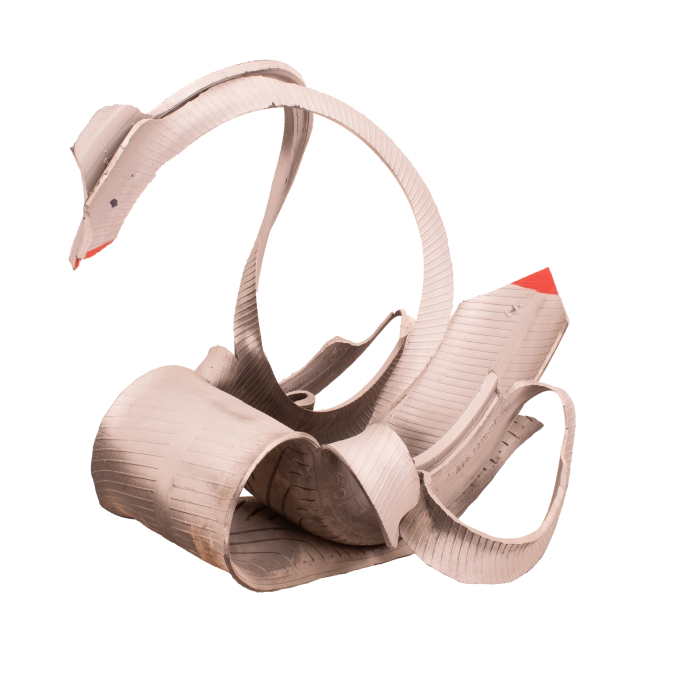Artist/Maker CWS International GmbH
Date Production/Creation
2022
Entry in the museum collection
2022
Place of origin
Switzerland, Europe
Current location
Museum of European Cultures, Berlin, Germany
Material
Plastic
Dimension
52,5 × 34,5 × 20,0 cm
Inventory Number N (9 D) 63/2022
Keyword Menstruation Hygiene Rubbish
Copyright
Status In storage
Image Credit Staatliche Museen zu Berlin, Museum Europäischer Kulturen / Christian Krug Public Domain Mark 1.0
Discreet and safe disposal of used menstrual products: but is this waste harmful?
What is this object about, who are the people behind it?
The rise of disposable menstrual products from the 1950s onward created not only a new form of waste, but also a new pollution problem. For pads or tampons were all too often discarded in toilets and caused an environmental problem of water pollution hitherto virtually unknown in its dimension. This prompted the introduction of waste garbage cans in "ladies' toilets". Companies such as Canon Hygiene (now Citronhygiene), PHS or Rentokil Initial launched waste garbage cans on the market whose design was specially tailored to public "ladies' toilets": On the one hand, they were supposed to fit in the narrow cubicles still next to the toilet. On the other hand, a flap in the lid was to hide the contents of the bin from view and touch. The model that the MEK has added to its collection has been produced since 1995 by CWS, a company founded in Germany. It is now very common in public places in Germany, at schools, universities or airports.
What places is this object related to, how European/transnational is it?
CWS offers the hygiene waste garbage cans throughout Europe. The waste garbage cans are rented by the customers. The CWS service includes regular cleaning and disinfection of the bins. The washing facilities for cleaning the bins can also be found throughout Europe.
Why and how did this object arrive in the museum’s collection?
In preparation for an exhibition on menstruation, the curators of the Museum of European Cultures (MEK) came across the research of Camilla Røstvik. She is researching the history of sanitary waste garbage cans - everyday objects that are widely used and very familiar to menstruators in their daily lives. As a museum of everyday culture, the MEK is particularly interested in such supposedly banal objects whose history is little known or whose uses are rarely questioned. For the exhibition, the curators therefore requested an exhibit from various manufacturers of sanitary waste garbage cans and received, among others, this brand-new specimen.
What is the relation of this object to waste?
Hygiene waste garbage cans with privacy lids have so far been found almost exclusively in "ladies' toilets". They are specially designed for the disposal of menstrual waste. This indicates that the waste is special - it is "female waste". This is also considered potentially toxic. To be sure, the thesis of "menotoxin," or toxic menstrual blood, has long been disproved. However, with the advent of HIV, the fear of infection via blood was renewed. Research on whether used menstrual products pose any kind of infectious risk is largely lacking. In their design, menstrual waste garbage cans are intended to render "feminine waste" harmless: Many models can be opened without having to touch them with your hands. The flap in the lid prevents the trash already contained from being seen or touched.











